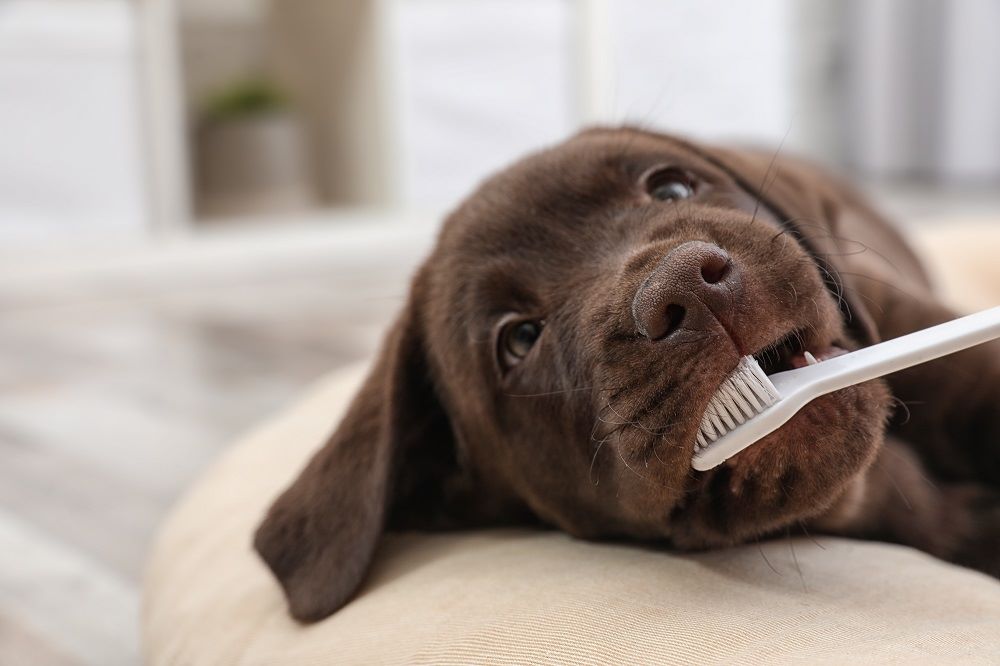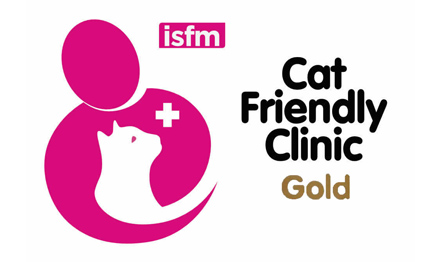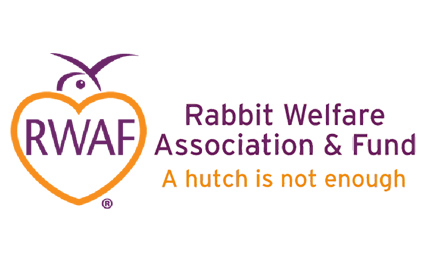24 hour contact: 020 7387 8134
Puppy and Kitten Dental Care
Puppies and kittens initially have baby teeth that are naturally replaced by adult teeth by approximately six months of age. It is essential to monitor puppy/kitten teeth to ensure that transition occurs smoothly, with all adult teeth coming in properly and in the correct position.

We advise a routine check-up with your vet around five months old so any issues can be addressed early.
Book an appointment (existing clients) → Register as a client →
Caring for Your Puppy or Kitten’s Teeth
Puppy or Kitten Toothbrushing
Brushing teeth is by far the most effective method of controlling your pet’s plaque and gum disease at home.
Teeth brushing for either puppies or kittens does take some patience!
Try to relax and view it as fun so your pet is more likely to accept it. The younger your pet is when toothbrushing is introduced, the higher the chance of your puppy or kitten accepting it
How often should I brush my puppy or kitten’s teeth?
It should ideally be part of their daily routine. Even brushing as little as three times a week can make a big difference.
What should I use to brush my puppy or kitten’s teeth?
- Toothpaste - should be specific for pets, and we recommend an enzymatic toothpaste (to help break down plaque) in a tasty flavour so that your pet looks forward to brushing.
- Toothbrushes - use a soft bristle toothbrush. Finger brushes with silicone bristles will not effectively clean below the gumline.
What is the best way to brush my puppy/kitten’s teeth?

Step 1: Introduce the pet toothpaste
Apply pet-friendly toothpaste to your finger or a toy and let your pet lick it off. Make this a fun and positive experience by offering plenty of praise. Repeat daily for 3–5 days.
Step 2: Get them used to you touching their teeth
Coat your fingertip with toothpaste, lift the lip, and gently touch the outside of their teeth, starting with the canine teeth. Massage the teeth and gums softly. Once your pet is comfortable, gradually move toward the back teeth, increasing the area cleaned. Finally, introduce the incisor teeth at the front, as they are the most sensitive. Be patient, give lots of praise, and continue until your pet is relaxed with this routine. It may take 2–3 weeks for your pet to feel completely at ease.
Step 3: Use a proper pet toothbrush
Transition to a pet toothbrush. Brush in gentle circular motions just as you would your own teeth. Focus on cleaning both the teeth and the gum line. With patience and practice, this will become a manageable part of your pet’s routine.
Need some help with your puppy/kitten’s dental care?
An appointment can be made with one of the hospital’s trained nurses who can show you how to get started.
Alternative home pet dental care options
Although none are as effective as toothbrushing, alternatives for pets that will not tolerate brushing include:
- Dental Diets: Such as Hills T/D or Oral care have a rubbing effect on teeth.
- Dental Chews/Treats: Help scrape teeth, though not all the teeth benefit. Most effective use is for 10-15 mins after each meal.
- Oral sprays and gels, and food supplements: Can help reduce plaque buildup.
- Bones and antlers are NOT recommended as these are a very common cause of fractured teeth. Dog owners should also be aware that tennis balls are highly abrasive and repeated play with tennis balls will cause severe tooth wear.
Look for products that have the endorsement of the Veterinary Oral Health Council at www.vohc.org
When should my puppy/kitten have a dental check?
We recommend a dental check at 4-6 months of age to assess that all the baby teeth have fallen out correctly and that all the adult teeth are coming through with good alignment. We can also assess your brushing technique at this time.
Dental examinations and treatments under anaesthesia
If a routine examination reveals any issues, further evaluation and treatment will be necessary.
These procedures are carried out while your pet is under anaesthesia as this is the only way to thoroughly examine and effectively treat the teeth in puppies or kittens.
- Dental assessment and cleaning: Under anaesthesia, your pet’s teeth will be cleaned with an ultrasonic scaler and polished. Removal of the tartar allows full dental assessment and charting. X-rays are taken to assess the roots.
- Extractions: Severely damaged teeth will require removal. Complex extractions involve surgical extraction techniques to lift a flap of gum, remove roots one at a time, and then suture the gum back down. X-rays ensure complete removal of roots.



